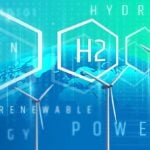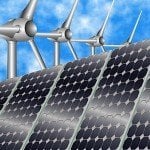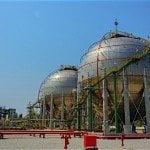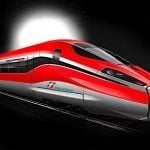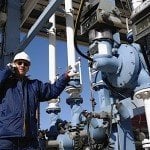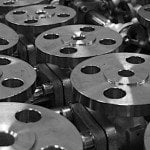University of Limerick’s Bernal Institute in Ireland was recently home to a startling discovery when researchers discovered that lysozyme crystals found in tears yield an electric current when pressurized, a quality termed piezoelectricity. Findings were published in an October 2nd report in the journal, Applied Physics Letters.
According to Aimee Stapleton, Bernal Institute physicist and lead author of the report, piezoelectricity is quite common, though its existence in lysozyme had not previously been explored. “The extent of the piezoelectricity in lysozyme crystals is significant,” she said. “It is of the same order of magnitude found in quartz. However, because it is a biological material, it is non-toxic, so it could have many innovative applications such as electroactive anti-microbial coatings for medical implants.”

During the experiment, researchers crystallized lysozyme using high levels of heat, pressurized the crystals and measured the electric charge emitted by the substance. Anticipating a measurement of approximately 1 picocoulomb per newton, researchers were startled to discover its actual piezoelectric effect measured anywhere from 2 to 6.5 picocoulombs per newton. “We were quite excited by that,” said Stapleton.

Lysozyme found in milk, eggs

In addition to tears, lysozyme can be found in saliva, mucus, milk, and chicken eggs. The abundance of lysozyme makes it an inexpensive and renewable material with which to work. It was also chosen for the experiment due to its crystal structure, which is a key factor in piezoelectricity. Though more complex materials are used when studying piezoelectric capabilities, the researchers began experimenting with simple proteins in the hopes of gaining a deeper understanding of the process and its implications. Stapleton stated that she and her team do not fully understand how piezoelectricity works, so they chose to “start with more fundamental building blocks.”
Further tests are being done to determine whether the protein has a converse piezoelectric effect, which would mean that the application of electricity would create a deformation of the crystal material. The existence of such an effect in lysozyme could have various potential uses as well.
Xudong Wang, Professor of Materials Science and Engineering at the University of Wisconsin, stated, “I think the performance is still the most important aspect of new material discovery. The paper mentioned the piezoelectric coefficient is about the same as quartz. This is kind of low for energy harvesting applications. It will be very interesting to know the theoretical limit of this new material.”

